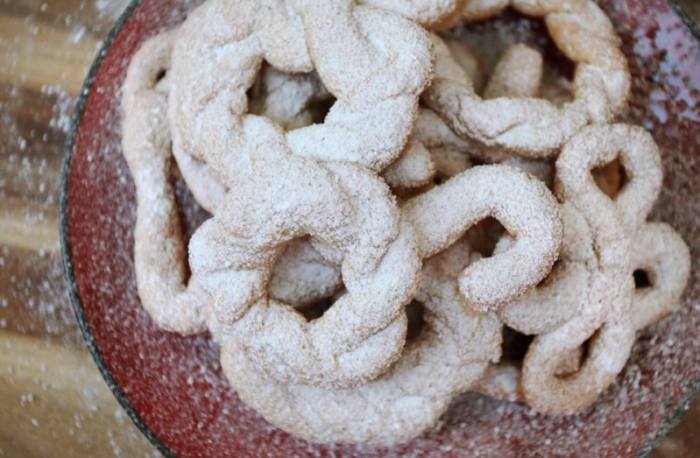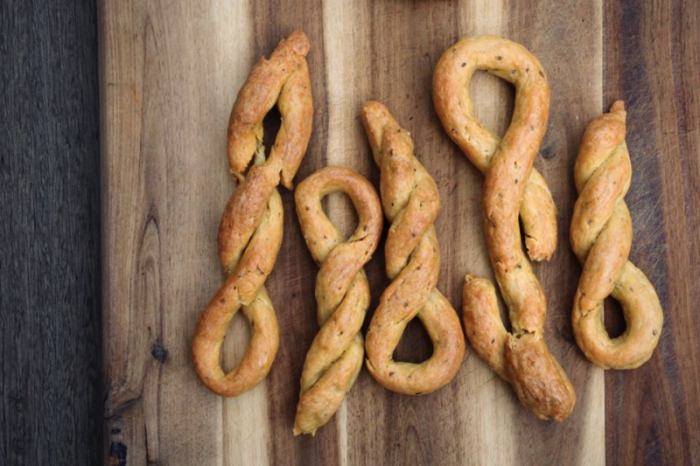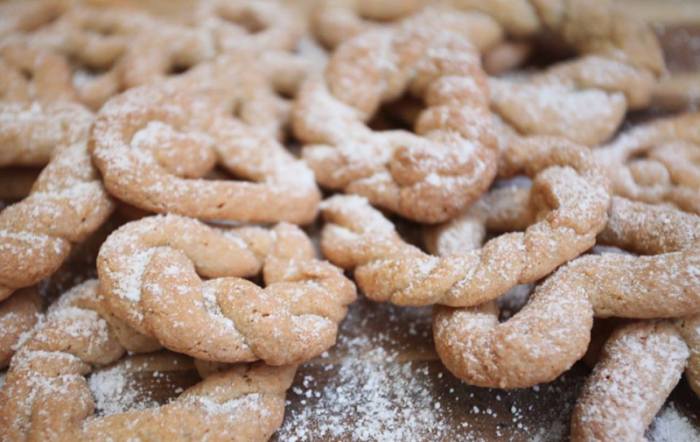
I know that a lot of the HFF bloggers are doing the Future Learn course ‘A History of Royal Food and Feasting’ and seem to be really enjoying it. The basic premise is that each week covers a different monarch and a different Historic Royal Palace, with a loose focus on a particular event; last week that event was Edward VI’s christening at Hampton Court Palace. They then offer a few redacted recipes which you are invited to try out.
I thought it was a bit disappointing that they chose to focus on an event for which there is very little evidence of the food served, and that they then chose three recipes which were totally unrelated. Why not give a recipe for the spiced wafers that they know were served on the day?
The three recipes that they did give were Tarte Owt of Lente, Fylettys en Galentyne and Ryschewys Close and Fryez. You can watch videos of these recipes being made in the Hampton Court Kitchens, and get redacted recipes on the website.
Since its Pie week for the HFF I decided to kill two birds with one stone by making Tarte Owt of Lente. The name tells us that it is a recipe for a pie which is inappropriate for Lent; it’s full of cream and eggs and cheese and so can only be eaten ‘out of Lent’. The original recipe comes from Gentyllmanly Cookere c. 1500:
“Take neshe chese and pare hit and grynd hit yn A morter and breke egges and do ther to and then put yn buttur and creme and mell all well to gethur put not to moche butter ther yn if the chese be fatte make A coffyn of dowe and close hit a bove with dowe and collor hit a bove with the yolkes of eggs and bake hit well and serue hit furth.”[1]

The first thing to decide in this recipe is what type of cheese to use. In the Hampton Court video and redaction they suggest Cheshire cheese, but the first step is to ‘take neshe chese’ or ‘take soft cheese’ which to me suggests a fresh cheese. In the comments to the recipe they actually mention this, saying that it is probably referring to a curd cheese like ricotta or cottage cheese. And yet, the next instruction is to ‘pare hit’ or ‘pare it’. That suggests removing a rind, or at least cutting the cheese up small. So, is it a soft, fresh cheese or a harder cheese with a rind? The jury is out, but either seems to work well.
I decided to go with ricotta, and that meant that I had to change the proportions of other ingredients quite a bit so that the mixture wasn’t too liquid. The first tart I made, I kept quite close to the suggested redaction with 100g ricotta, 1 egg, 60 ml cream, 30g butter and seasoning, but when I put it in the oven I found that it burst it’s base. I’m still giving the amounts though, because it tasted very good and was my housemate’s favourite version. The trick, I think, would be to use a hot water pastry instead of a shortcrust pastry. There’s a recipe for hot water pastry in my post about chewets.
My second try worked a lot better because I increased the proportion of ricotta and reduced the liquids. I was a bit worried that the mixture would be too bland so I also added some grated parmesan to this version. That was very tasty, but is totally optional.

The Recipe
A Tarte Owt of Lente
For the pastry:
110g flour
Pinch of salt
50g butter, cold and cut into 1cm cubes
Cold water
For the filling:
140g ricotta
15g butter
1 egg
1 tbsp cream
30g grated parmesan (optional)
Salt and pepper
1 beaten egg
- To make the pastry place the flour in a mixing bowl and stir in the salt. Add the butter and rub it into the flour with your fingertips until it resembles breadcrumbs. Add cold water, a tablespoon at a time, until the mixture comes together as a firm dough. Be careful not to overwork it. Cover in clingfilm and refrigerate while you make your filling.
- Cream together the butter and the ricotta in a bowl. Add remaining ingredients and mix well. Preheat the oven to 220°C.
- You can see a video of this method of shaping the pastry here. Remove the pastry from the fridge and separate about 2/3 of the pastry to make the base. Roll it out until about 3/4cm thick and use a plate or bowl as a template to cut out a circle. Working about 1.5cm from the edge, place your left thumb on the pastry and use your thumb and index finger on your right hand to push the pastry up against your thumb, and to pinch it into a ridge. Work your way around the pastry to make a self-supporting pastry base. Roll out the other 1/3 of the pastry to make a lid. Place the base on the pastry and cut around it to get the right size.
- Place your pastry base on a baking tray and pour in the filling. Brush a little beaten egg around the rim of the pastry and put the lid on top, pinching the edges to seal. Make a little hole in the top of the pie, and brush the top with beaten egg.
- Bake the pie for 40 minutes, or until golden brown.
The Round-Up
The Recipe: A Tarte Owt of Lente (available here).
The Date: late 15th century
How did you make it? See above.
Time to complete?: 1.5 hrs.
How successful was it?: It was good hot or cold, although as I said the first filling didn’t quite manage to stay in its pastry case. I was kind of surprised that it set so well, but I did like the addition of a bit of parmesan just to add some extra saltiness.
How accurate?: The big question is what type of cheese to use, and I still don’t have a strong feeling either way. I suppose the other option would be to use something like a brie or camembert which is both soft and can be pared. That might be worth a try.
[1] James L. Matterer, “Gentyll Manly Cokere. Culinary Recipes from MS Pepys 1047.,” Gode Cookery, 2009, http://www.godecookery.com/pepys/pepys.htm.


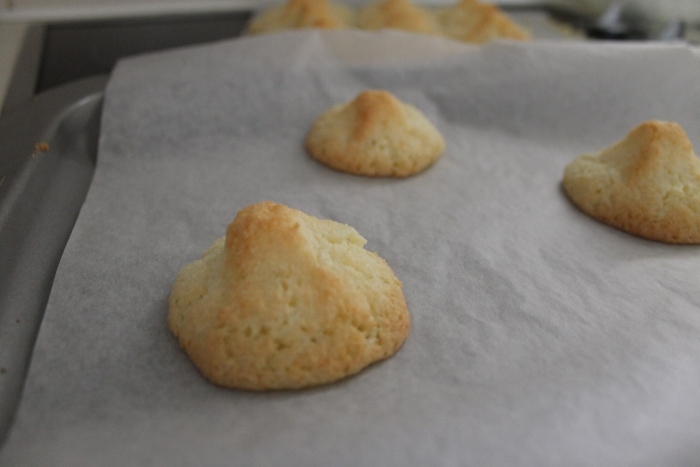
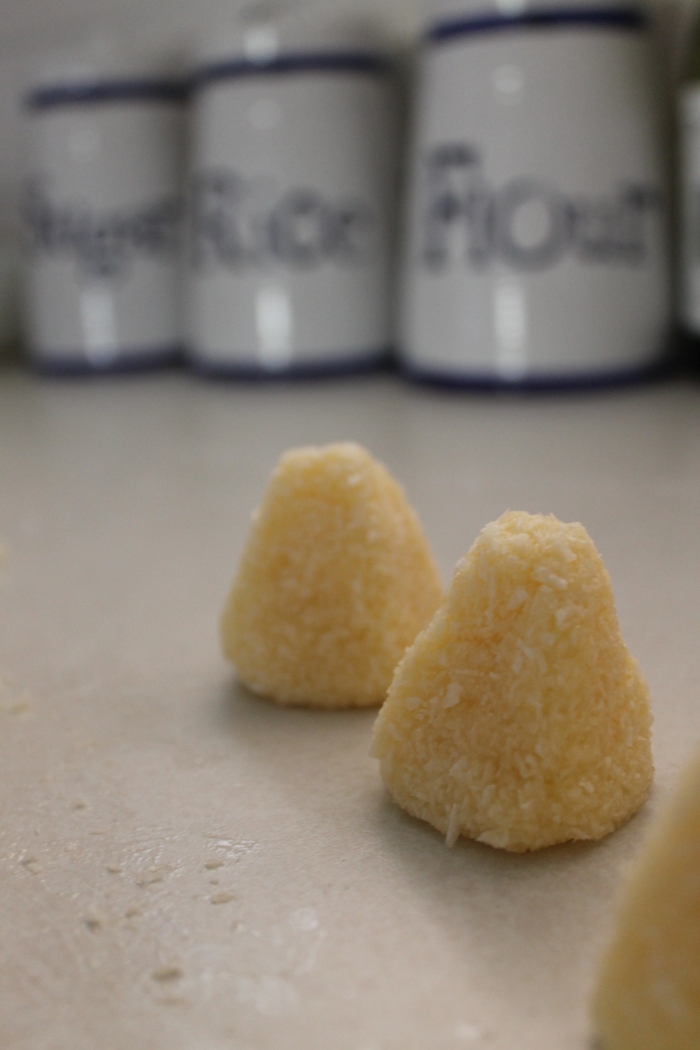



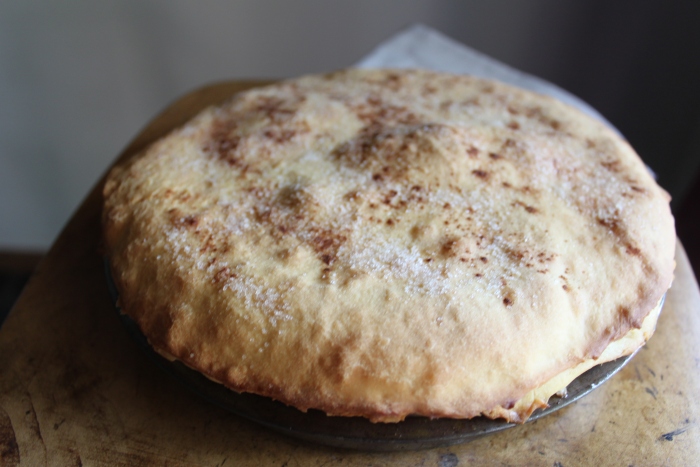

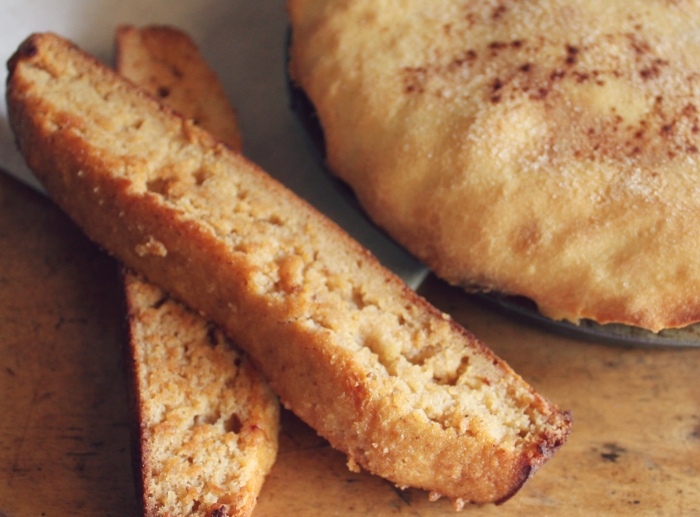
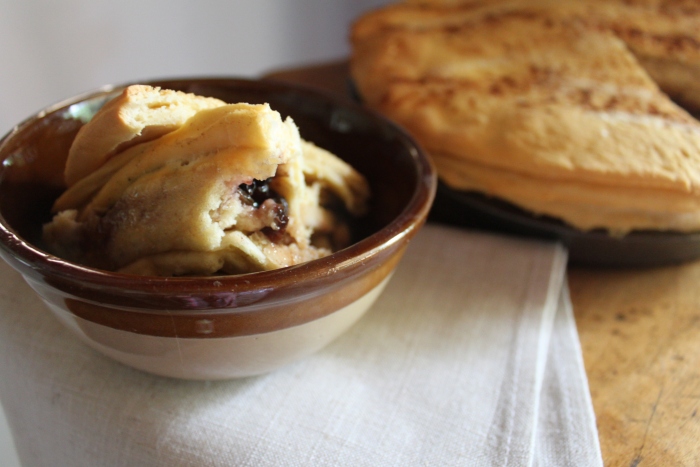
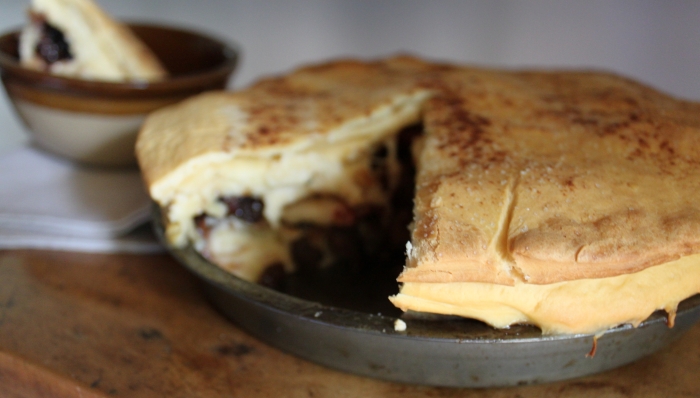
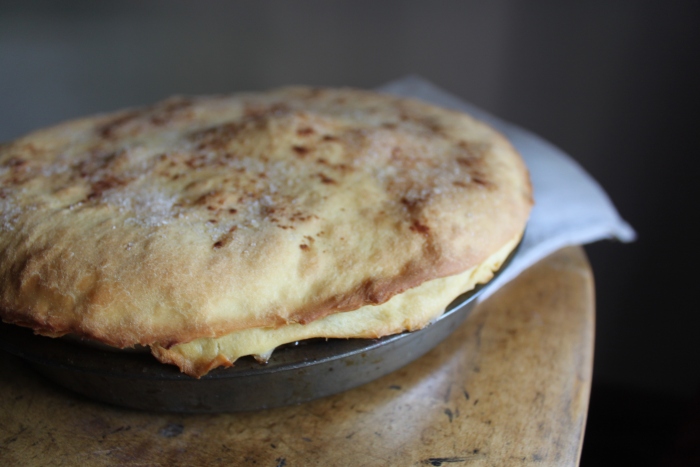

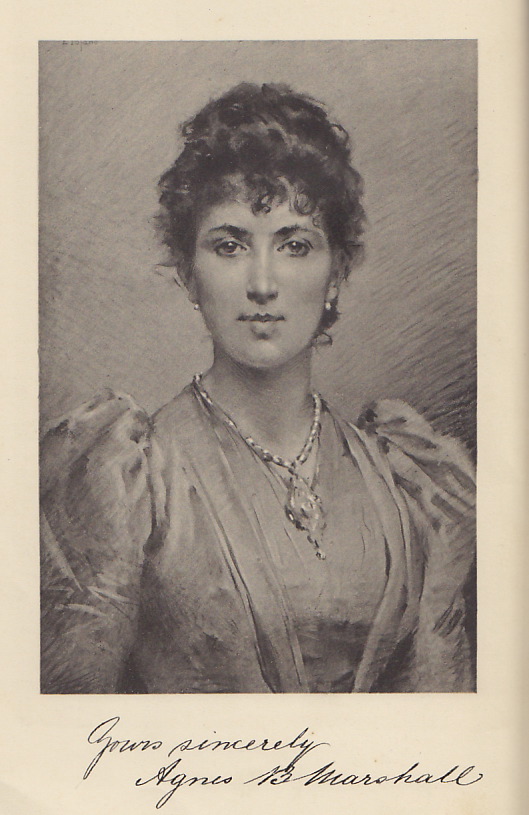
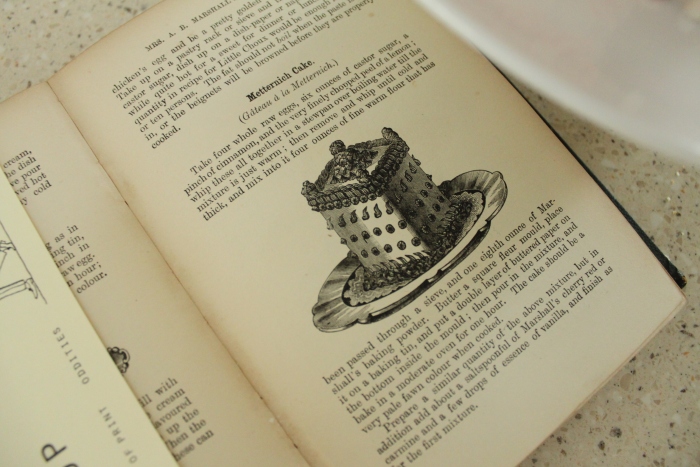
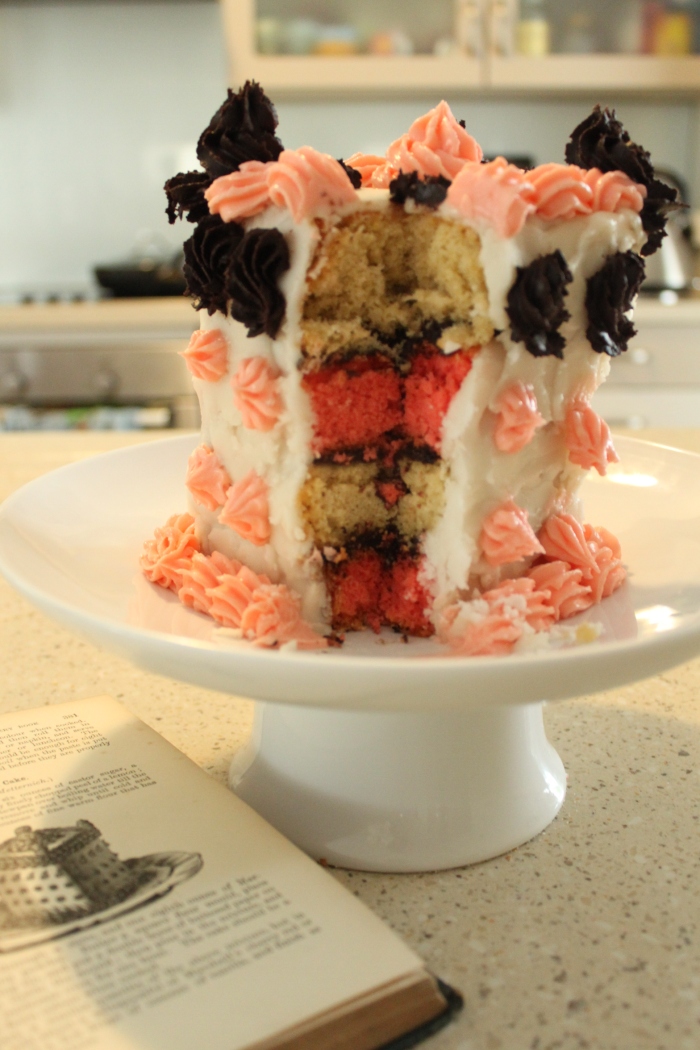
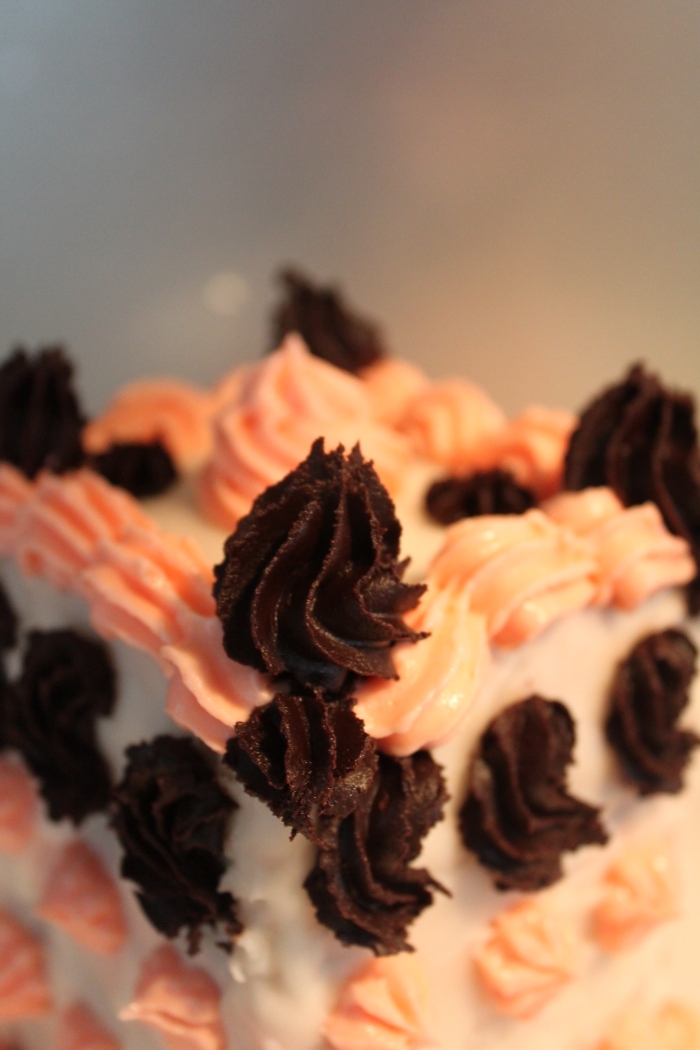
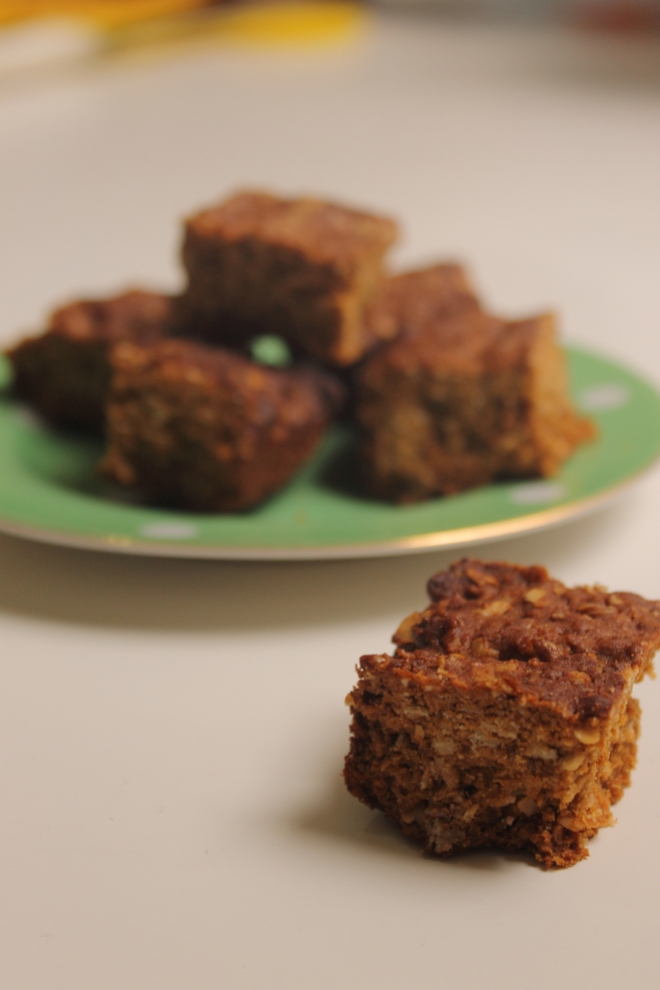
![By Spider.Dog (http://www.flickr.com/photos/spiderdog/2484274442/) [CC BY-SA 2.0 (http://creativecommons.org/licenses/by-sa/2.0)], via Wikimedia Commons](https://turnspitandtable.files.wordpress.com/2015/11/yorkshireparkin.jpg?w=660&resize=660%2C495)
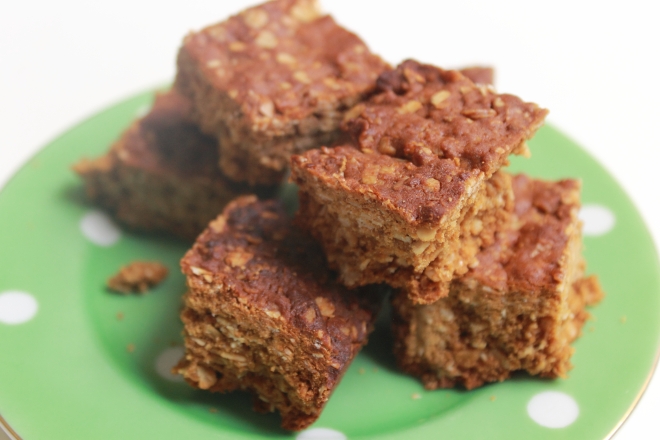



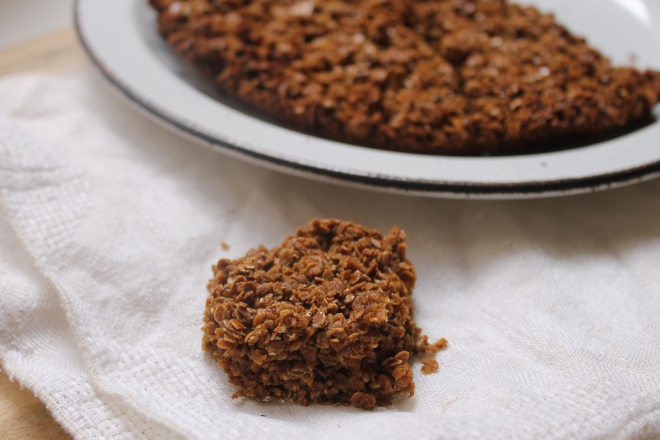

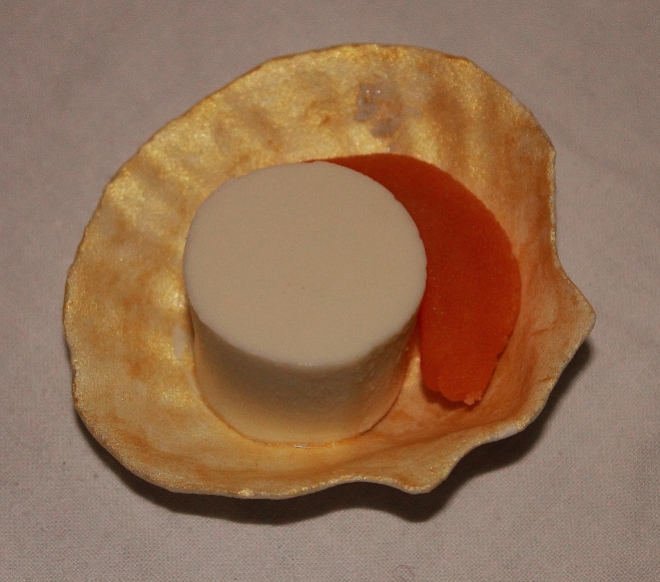
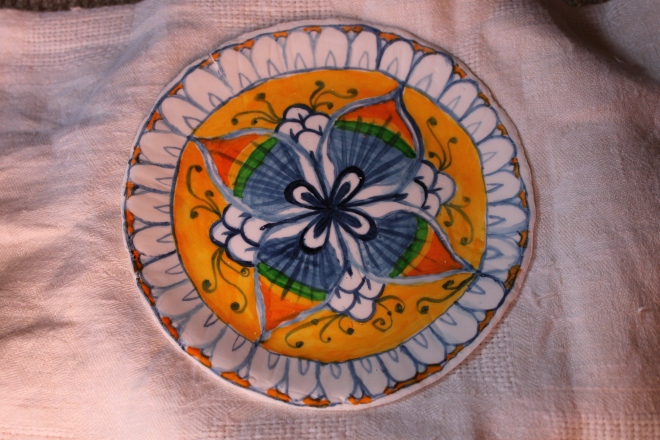





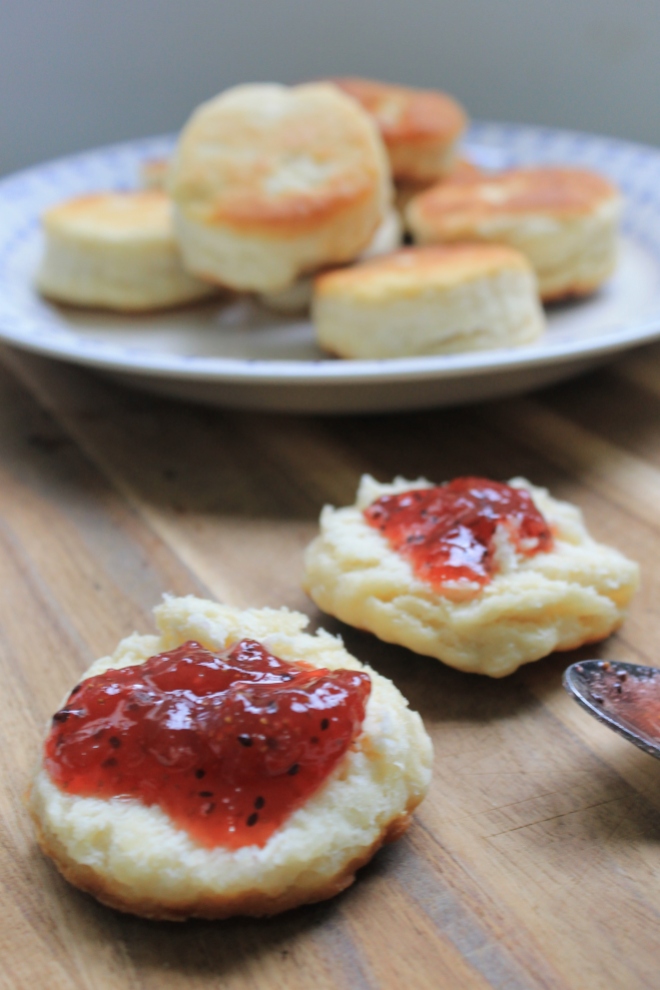
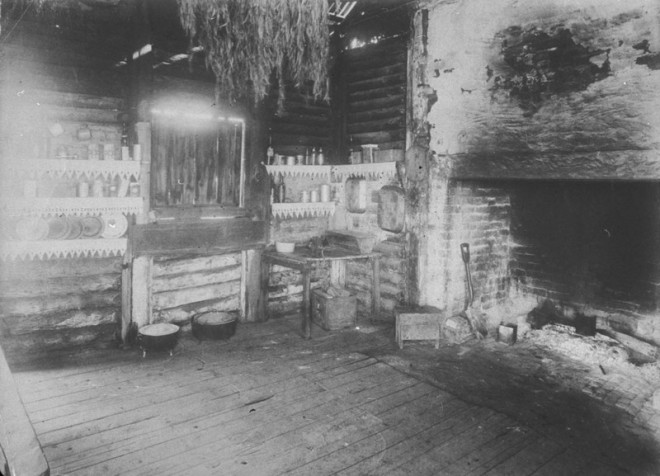
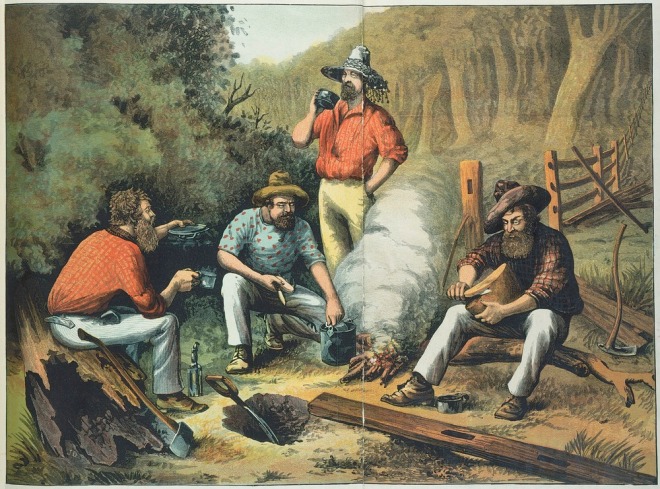
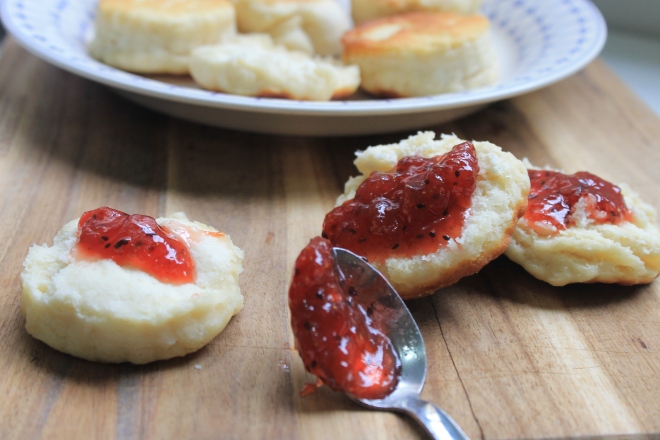
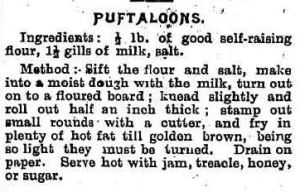
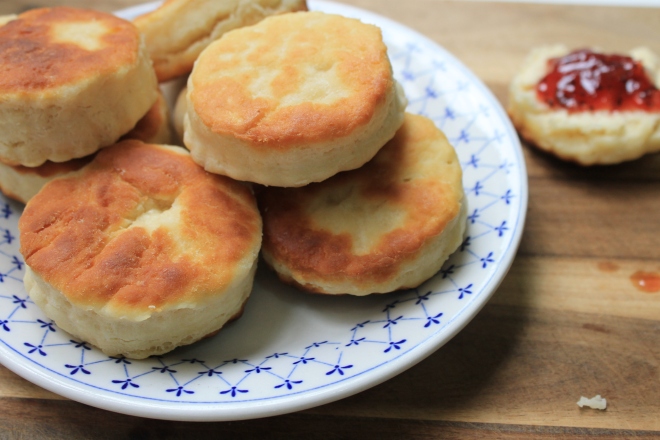

![Still life with Venetian Glass, a romer and a candle by Clara Peeters, 1607. [Public domain], via Wikimedia Commons](https://turnspitandtable.files.wordpress.com/2015/02/clara_peeters_stillleben.jpg?w=800&resize=700%2C566)
